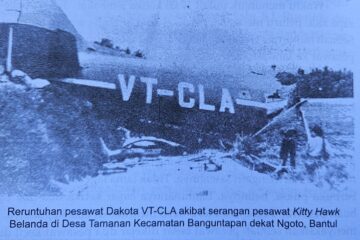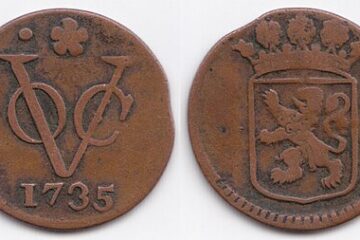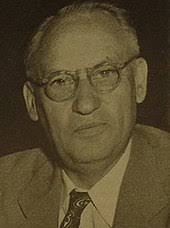The Dutch submarine K IX, later known as HMAS K9, was a K VIII-class vessel constructed for the Royal Netherlands Navy (RNN) in the early 20th century. Ordered on 27 June 1917, she was laid down at the Koninklijke Maatschappij De Schelde shipyard in Vlissingen on 1 March 1919, launched on 23 December 1922, and commissioned on 21 June 1923.
Following her commissioning, K IX was deployed to the Netherlands East Indies (NEI), arriving on 13 May 1924. She served in the region until the outbreak of World War II. By 1941, K IX was out of commission but was hastily returned to service in March 1942 as Japanese forces advanced through Southeast Asia. After the fall of the NEI, K IX escaped to Fremantle, Western Australia, arriving on 13 March 1942.

In May 1942, the Dutch government offered K IX to the Royal Australian Navy (RAN) for anti-submarine warfare training. The offer was accepted, and K IX arrived in Sydney for repairs on 12 May. On the night of 31 May–1 June 1942, during the Japanese midget submarine attack on Sydney Harbour, K IX was moored alongside the depot ship HMAS Kuttabul at Garden Island. One of the midget submarines fired two torpedoes at the USS Chicago; the torpedoes missed their target, with one striking the breakwater against which Kuttabul was moored, resulting in the sinking of Kuttabul and the loss of 21 naval personnel. K IX sustained damage from the explosion, including the destruction of storage battery jars, rendering her inoperative and necessitating extensive repairs.
Following repairs, K IX was decommissioned from the RNN on 25 July 1942 and transferred to the RAN, where she was commissioned as HMAS K9 on 22 June 1943. Despite her age and mechanical issues, K9 provided valuable anti-submarine training for RAN vessels and crews. However, a battery explosion on 22 January 1944 caused significant damage, and due to a lack of spare parts, she was decommissioned on 31 March 1944, having spent only 31 days at sea during her RAN service.
deployment in Australian waters.
After decommissioning, K9 was returned to Dutch control and repurposed as an oil lighter. While under tow to Merauke in Dutch New Guinea, she was washed ashore near Seal Rocks, New South Wales, on 8 June 1945. The submarine was subsequently stripped for scrap. The remnants of K9 were located on 20 July 1999 by the New South Wales Government’s Heritage Office, and the beach where she grounded is now known as Submarine Beach.

See also : Dutch Submarines operating from Australia during WWII



